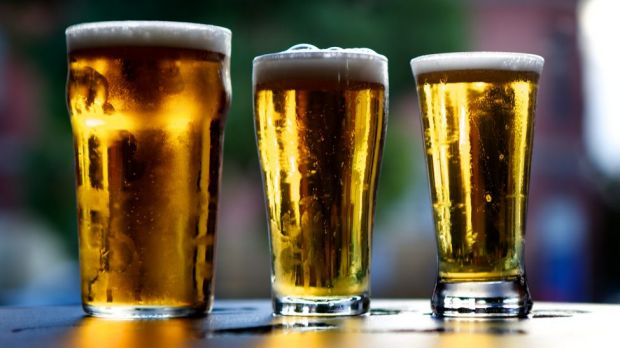
Yeast is vital for the production of food, alcohol, vaccines and biofuels. Photo: Simon O’Dwyer
Sydney scientists will make synthetic genes for a common variety of yeast, a first step towards creating an artificial organism.
Researchers at Macquarie University will design and build from scratch a chromosome – a tiny bundle of genetic material – as part of an international project to construct a man-made yeast by 2017.
As yeast is a widely used and vital part of several industries, including food, alcohol, vaccine and biofuel production, the ability to make synthetic yeasts may produce strains assembled with specific traits.
But Sakkie Pretorius from Macquarie University says synthetic biology promises more than just made-to-order yeast in the future.
Scientists hope the insights gained from building an artificial organism can lead to significant innovations, such as synthetic varieties of plant cells that can convert light to energy or synthetic blood that can be matched to an individual’s blood type for transfusion.
Professor Pretorius says while these applications are “far down the road”, that is where the science is heading.
“I think, in five years time, people will realise what an important decision this was to back this science so Australia doesn’t miss out,” said Professor Pretorius, who will oversee the Australian arm of the project. “It is future defining.”
Earlier this year, US researchers created the world’s first synthetic chromosome of a yeast known as Saccharomyces cerevisiae, the same variety used by bakers and brewers.
While scientists had built artificial bacteria and viruses, the yeast project would be the first on a complex organism.
The research leader, Jon Boeke from New York University, said the yeast’s genome was like an encyclopedia, where each of the organism’s 16 chromosomes represented a volume, which could be broken down into chapters, paragraphs, words and letters.
In a chromosome, the letters were the chemicals that make up DNA.
“We assembled the chromosome piece by piece, building it up from letters to words to paragraphs to chapters to, eventually, the volume,” said Professor Boeke, who was in Sydney for the project launch.
His group found their man-made chromosome could still function when parts were deleted or reordered, which suggested synthetic chromosomes could be assembled to display desired traits.
Since Professor Boeke’s success, other groups around the world had joined the Yeast 2.0 project to assemble synthetic versions of the yeast’s 15 other chromosomes.
Australia would design and build chromosome 14 of a common lab strain of the yeast.
Professor Pretorius said his group would speak with legal professionals and ethicists to design guidelines for this cutting-edge research and technology.
“This [technology] is something I’m determined to get right from the start,” he said.
